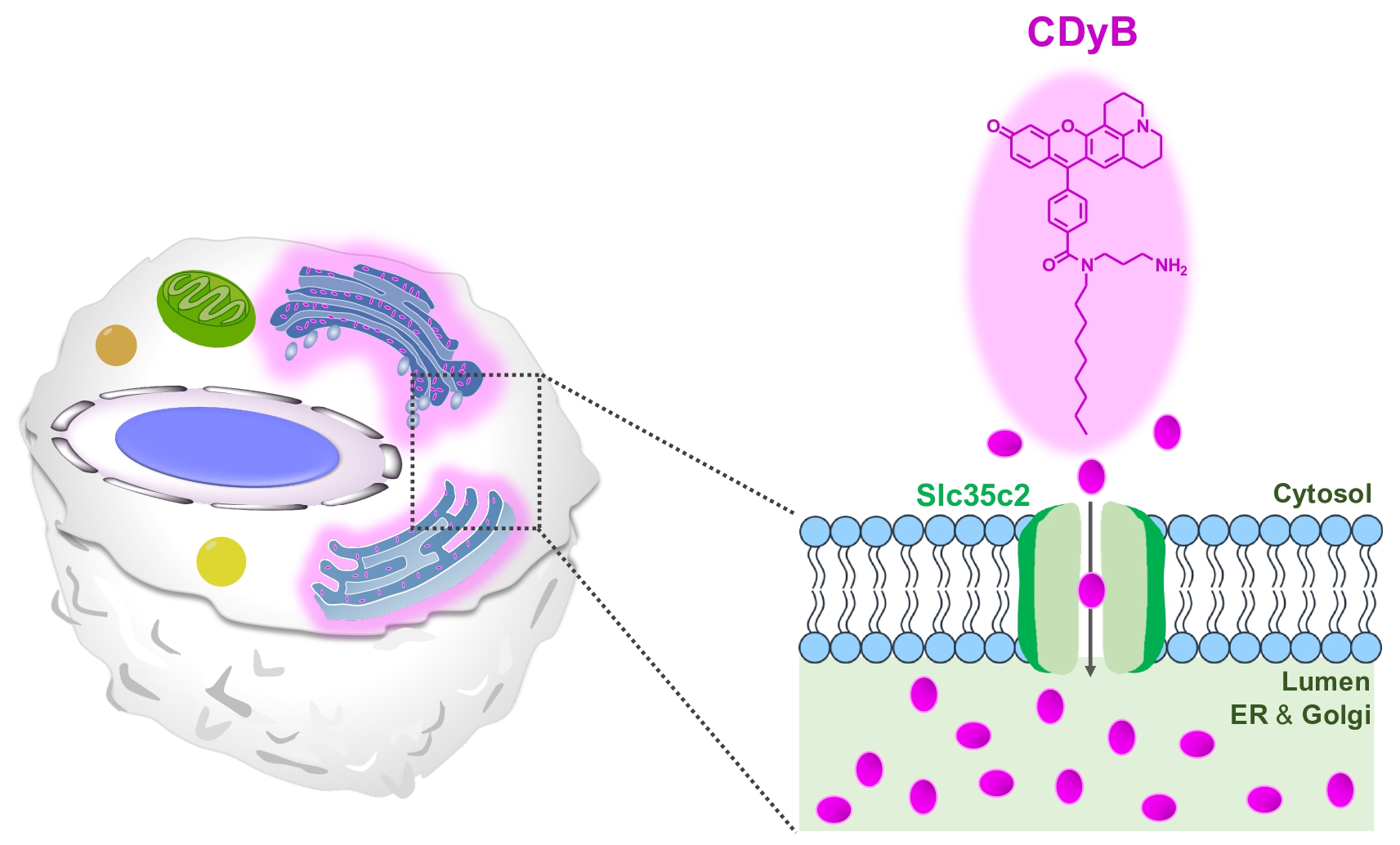スウォンジー大学の専門家は、アジアの乾燥した土壌に生息する細菌を特定し、抗生物質耐性との戦いに重要な役割を果たす可能性があることを明らかにしました。 Swansea University experts have helped identify several news species of bacteria growing in arid Asian soil which could play a key role in the fight against antibiotic resistance.
2022-07-21 スウォンジー大学
この発見は、切望されている新しい抗生物質を見つけるための扉を開くものだ。
これらの新種の1つは、抗生物質が生産できるだけでなく、従来のストレプトマイセスよりもはるかに速く成長する。
この現象を調べるため、研究者たちはこの細菌の遺伝情報の「読み方」に注目した。その結果、「科学的には新しい」タイプの転移RNA、すなわちtRNAが発見されたのである。
この新しいtRNAは、より効率的な翻訳を可能にし、遺伝情報をより迅速に読み取ることができるため、細菌が素早く成長する能力を支えているのである。
さらに重要なことは、このtRNA遺伝子を従来の放線菌に組み込むと、既知の抗生物質をより早く大量に生産できるだけでなく、これまで沈黙していた経路の産物である新しい抗生物質を作ることができるようになったことである。
<関連情報>
- https://www.swansea.ac.uk/press-office/news-events/news/2022/07/how-new-bacterial-species-discovered-in-asian-soil-could-help-battle-against-antibiotic-resistance.php
- https://academic.oup.com/nar/article/50/12/7084/6607914?login=false
ストレプトマイセスの抗生物質生産を促進する新規バクテリアtRNAの発見 A new bacterial tRNA enhances antibiotic production in Streptomyces by circumventing inefficient wobble base-pairing
Ximing Chen, Shuyan Li, Binglin Zhang, Haili Sun, Jinxiu Wang, Wei Zhang, Wenbo Meng, Tuo Chen, Paul Dyson, Guangxiu Liu
Nucleic Acids Research Published:14 June 2022
DOI:https://doi.org/10.1093/nar/gkac502

Abstract
We report the discovery and functional characterization of a new bacterial tRNA species. The tRNA-Asp-AUC, from a fast-growing desert streptomycete, decodes GAU codons. In the absence of queuosine tRNA anticodon modification in streptomycetes, the new tRNA circumvents inefficient wobble base-pairing during translation. The tRNA, which is constitutively expressed, greatly enhances synthesis of 4 different antibiotics in the model mesophilic species Streptomyces coelicolor, including the product of a so-called cryptic pathway, and increases yields of medically-important antibiotics in other species. This can be rationalised due to increased expression of both pleiotropic and pathway-specific transcriptional activators of antibiotic biosynthesis whose genes generally possess one or more GAT codons; the frequency of this codon in these gene sets is significantly higher than the average for streptomycete genes. In addition, the tRNA enhances production of cobalamin, a precursor of S-adenosyl methionine, itself an essential cofactor for synthesis of many antibiotics. The results establish a new paradigm of inefficient wobble base-pairing involving GAU codons as an evolved strategy to regulate gene expression and, in particular, antibiotic biosynthesis. Circumventing this by expression of the new cognate tRNA offers a generic strategy to increase antibiotic yields and to expand the repertoire of much-needed new bioactive metabolites produced by these valuable bacteria.


